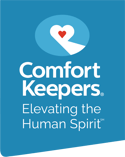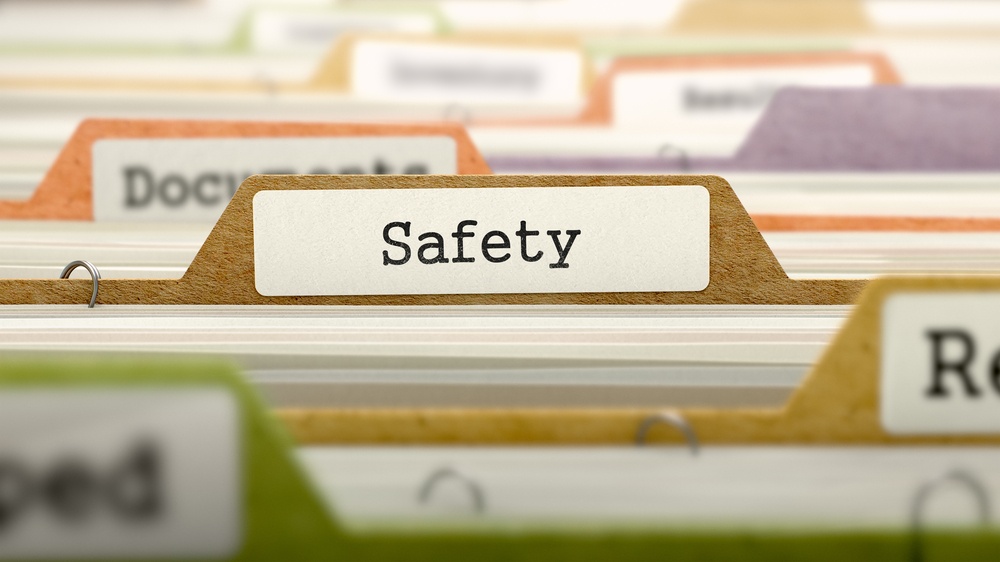
Senior Safety Begins at Home
When you think of home safety, the first threats that often come to mind are from the outside: burglaries, robberies, or even damage from the weather, such as a tornado. But when a home’s residents are elderly, home safety means a lot more than just locking the door at night. This is especially the case for seniors who need some assistance with activities of daily living. For them, threats to health and well-being often start inside their home.
The Centers for Disease Control and Prevention (CDC) estimate that on an annual basis, roughly one-in-four adults over 65 will suffer from a fall, and falling just once doubles a senior’s chances of falling again. Even more worrisome is that the actual fall rate is likely much higher—most fall incidents go unreported by seniors and unrecognized by family members or caregivers. Here are some more statistics to consider:
· There are approximately 9,500 fall-related deaths of older Americans each year. Falls are the leading cause of death from injury among people 65 and older, and the risk of falls increases proportionately with age. At 80 years, over half of seniors fall annually.
- 87 percent of all fractures in the elderly are due to falls. Two-thirds of those who fall will do so again within six months.
- When an older person falls, his or her hospital stays are almost twice as long as those of older patients who are admitted for any other reason.
- Among people aged 65-69, one out of every 200 falls results in a hip fracture. That number increases to one out of every 10 for those aged 85 and older.
- A quarter of seniors who fracture a hip from a fall will die within six months of the injury.
- Many falls do not result in injuries, yet 47 percent of non-injured seniors who fall cannot get up without assistance.
- For seniors who fall and are unable to get up on their own, the time spent immobile often affects their health outcomes. Muscle cell breakdown starts to occur within 30-60 minutes of compression due to falling. Complications like dehydration, pressure sores, hypothermia, and pneumonia may also result.
Without a doubt, fall prevention is at the top of the list of safety concerns that the elderly, their family, and caregivers should address. But before considering prevention steps, it’s equally critical to understand the factors that increase the risk of a fall taking place. Typically, the top factors are foot pain, dehydration, vision trouble, high blood pressure, balance problems, loss of muscle and/or bone mass, side effects from medication, and even lack of nutrition or a nutritional imbalance.
Steps for Healthcare Providers and Caregivers
Fortunately, the CDC has discovered that there are very simple, modifiable steps that can be taken in alignment with a senior’s health goals to substantially mitigate the risk of falls. For healthcare providers, the CDC suggests a three-step regimen of screening (asking about past falls and balance), a review of patient medications and their links to falls, and recommended doses of vitamin D for improved bone, muscle, and nerve health.
In the home, a few simple measures can also substantially limit fall risk, including:
· Removal/repair of tripping hazards and the clean-up of clutter.
· Installation of handrails and grab bars in the bathrooms and around stairs.
· Installation of bright lighting that illuminates dim areas where trips and falls typically take place, such as stairways and hallways. Consider bedroom and bathroom night lights as well.
· The introduction of nonslip mats in areas such as bathtubs, showers, and porches.
· When possible, ensure that seniors are wearing shoes or non-slip socks.
Working in tandem, healthcare providers and caregivers can improve senior safety and eliminate preventable risks for falls. To get started, download this Home Safety Checklist to help determine possible hazards in your home.
Click here to learn more about Senior Care and how to stay safe and independent at home!






